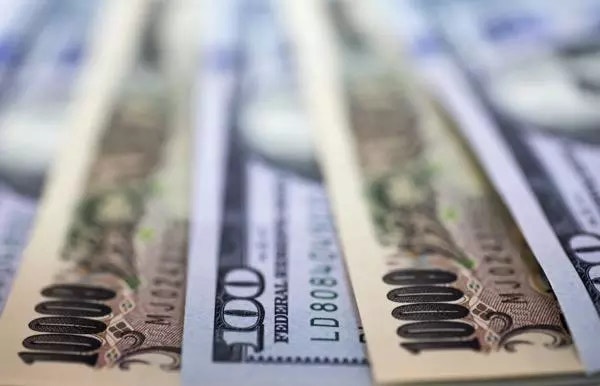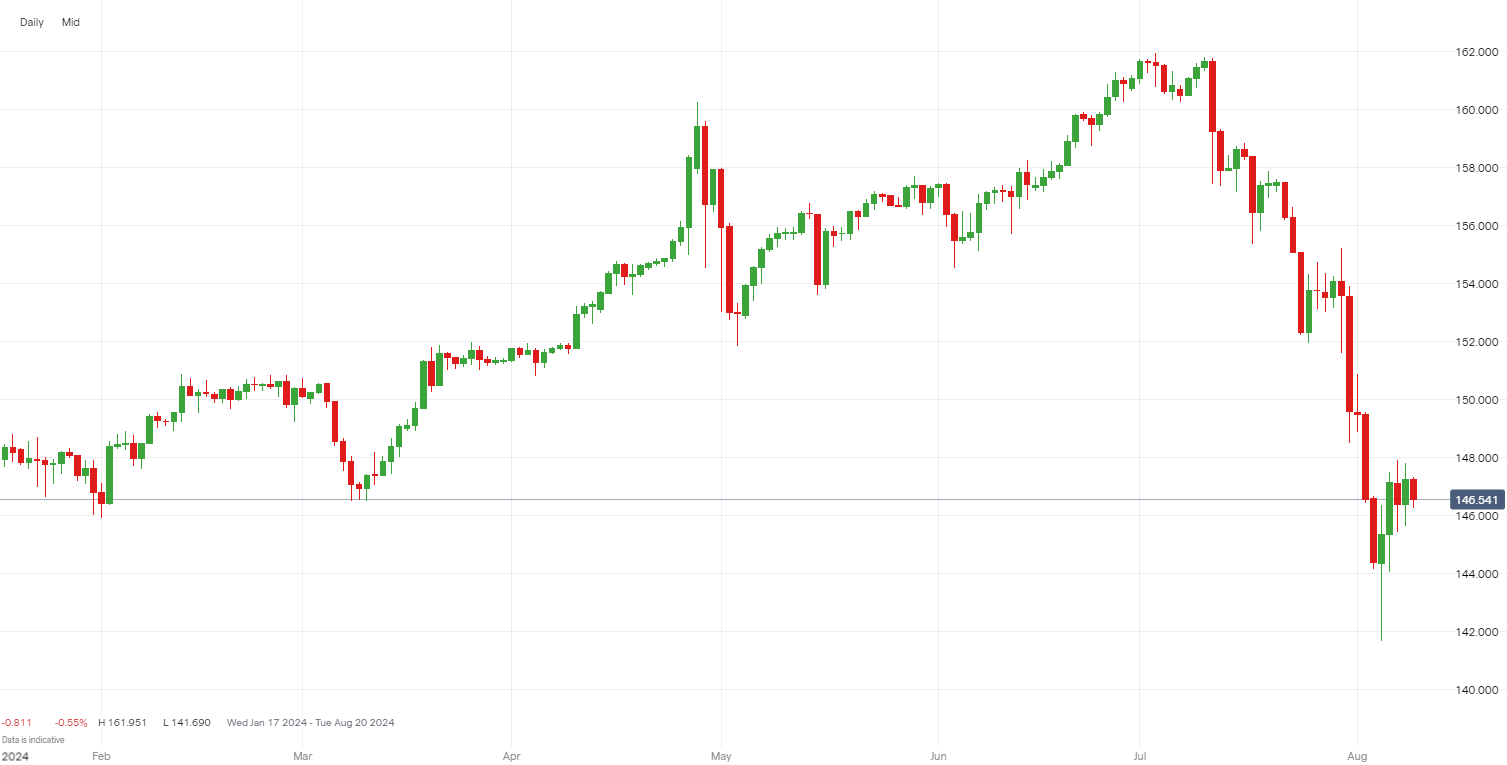How the carry trade works and position unwinds explained
Discover how carry trades leverage interest rate differentials for profit and learn the risks involved, including how market shifts and margin calls trigger position unwinds and affect forex trading strategies.

Key points
- Carry trades profit from interest rate differentials between high-yield and low-yield currencies.
- High leverage ratios in forex can magnify returns; for example, USD/JPY trades with 5% margin requirements.
- Interest rate changes directly impact carry trade profitability; central bank rate adjustments are crucial.
- Exchange rate fluctuations pose significant risks; movements can negate interest earnings.
- Unwinding positions can cause major market volatility; interest rate convergence often triggers this.
WHAT IS A CARRY TRADE?
A carry trade is a trading strategy that seeks to generate daily returns by exploiting interest rate differences between two currencies. Traders invest in a higher-yielding currency, such as the US dollar, and finance this position with a lower-yielding currency like the Japanese yen. The profit arises from the daily interest rate differential between the two currencies. This strategy is popular in the forex market due to its high leverage, allowing traders to control large positions with minimal capital. Carry trades are most effective in stable markets with low volatility, providing consistent, albeit small, daily gains over time.
HOW DOES A CARRY TRADE WORK?
A carry trade works by taking advantage of interest rate differentials between two currencies. Traders borrow a currency with a low-interest rate, like the Japanese yen, and use it to buy a currency with a higher interest rate, such as the US dollar. The goal is to profit from the interest rate difference. Each night, traders earn interest on the high-yielding currency while paying interest on the borrowed currency, netting a daily profit. Since this interest is calculated based on the notional value of the trade, high leveraged traders are able to earn much higher return on their initially invested capital.
Carry trade example
The most popular carry trade in recent years has been long USD dollar, short JPY (long USD/JPY). This prospective carry trade began to take shape in 2022, when the US Federal Reserve began raising overnight interest rates. Japan, on the other hand, kept interest rates below zero until earlier this year. By 2023, this interest rate differential had grown to over 5.5%, meaning a long USD/JPY position would be earning interest on US dollars at 5.5% while borrowing Japanese yen for no cost. Even with the Bank of Japan raising interest rates in recent months, the differential is still currently above 5%.
Looking at recent indicative swap rates and price action, a theoretical example carry trade would be constructed as follows:
If USD/JPY is trading at 147.50, a 1 lot trade would mean going long $100,000 (USD) and short ¥14,750,000 (JPY). With an overnight funding rate of +2.5 pips, this would generate approximately $17 every night. This funding would translate to ~$6200 annualized with no change in spot USD/JPY price. Since USD/JPY has a margin requirement of 5%, a 1 lot trade would require ~$5,000 to open—giving this theoretical example an annualized return of over 120%.
Learn more about carry trading fundamentals
USD/JPY price history

WHAT ARE THE RISKS IN A CARRY TRADE?
Interest rate differentials
If interest rates change, the overnight funding rates will fluctuate—resulting in more or less profits from daily carry. For instance, if the central bank of the high-yielding currency decides to lower its interest rates, the profit margins of the carry trade diminish. Conversely, if the funding currency’s rates rise, the cost of borrowing increases, eroding the overall profitability of the trade. The changing interest rate landscape can significantly impact the expected daily returns and even turn the overnight funding negative.
Price movements
Exchange rate, or price, change is the biggest risk in carry trading as it can drastically overtake profits. If the value of the high-yielding currency decreases relative to the low-yielding currency, the loss from the exchange rate can surpass the interest earned. For example, a long USD/JPY position that benefits from a positive carry might see profits eradicated if the yen appreciates significantly against the dollar, highlighting the importance of monitoring currency movements.
WHAT IS A CARRY TRADE UNWIND?
Positions unwind when market conditions change resulting in traders closing positions; this can occur in a hurried manner that causes a large change in the market’s price. When interest rates start to converge, the attractiveness of the carry trade diminishes, leading to a mass exit. Similar to sector rotations in equity markets, this mass unwinding can create significant price volatility as traders rush to close their positions.
HOW DOES A CARRY TRADE UNWIND WORK?
Leverage can play a critical part in the unwinding of carry trade positions due to auto-liquidation and margin calls. When the market moves against a trader's leveraged position, the account's equity may fall below the required margin level, triggering a margin call. If the trader cannot replenish the margin, brokers automatically liquidate positions to limit losses, exacerbating market volatility. This forced selling can lead to rapid declines in the value of the traded currency pair, creating a cascading effect. As traders rush to exit positions, the market becomes increasingly volatile, accelerating the unwinding process and potentially leading to substantial financial losses.
How to trade US dollar
- Open an account to get started, or practice on a demo account
- Choose your forex trading platform
- Open, monitor, and close positions on USD pairs
Trading forex requires an account with a forex provider like tastyfx. Many traders also watch major forex pairs like EUR/USD and USD/JPY for potential opportunities based on economic events such as inflation releases or interest rate decisions. Economic events can produce more volatility for forex pairs, which can mean greater potential profits and losses as risks can increase at these times.
You can help develop your forex trading strategies using resources like tastyfx’s YouTube channel. Our curated playlists can help you stay up to date on current markets and understanding key terms. Once your strategy is developed, you can follow the above steps to opening an account and getting started trading forex.
Your profit or loss is calculated according to your full position size. Leverage will magnify both your profits and losses. It’s important to manage your risks carefully as losses can exceed your deposit. Ensure you understand the risks and benefits associated with trading leveraged products before you start trading with them. Trade using money you’re comfortable losing.
